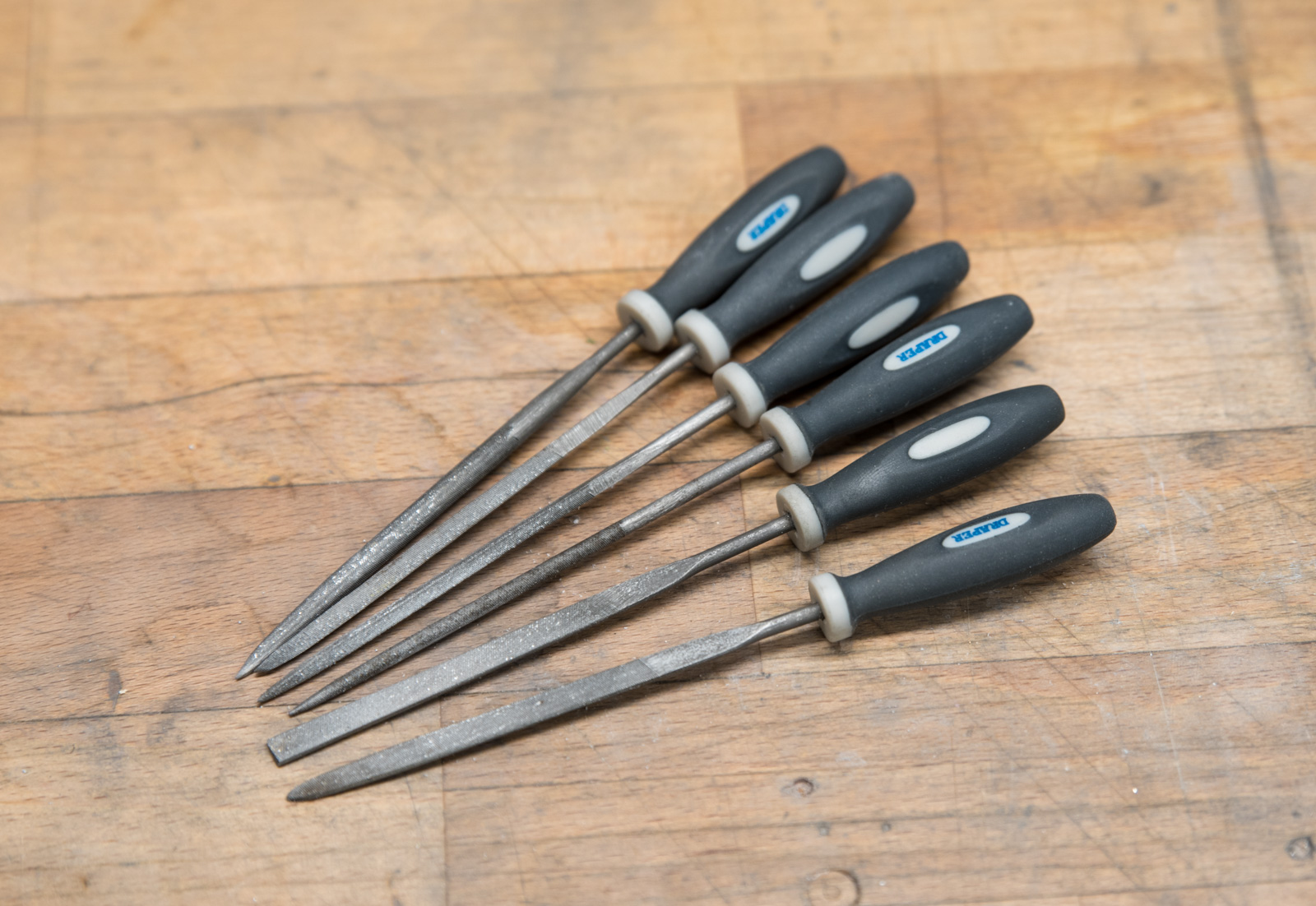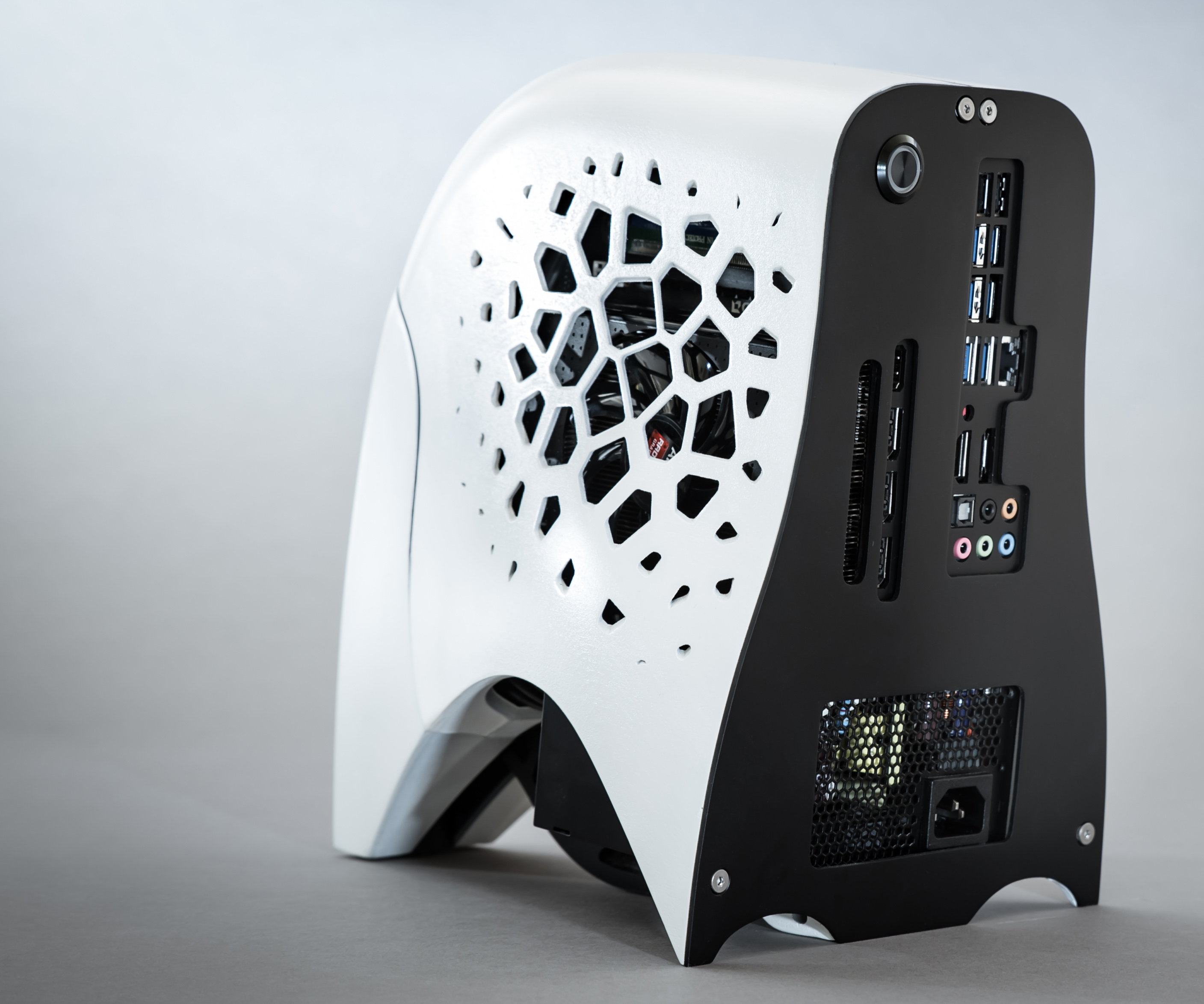Hello, everybody, and welcome to the next instalment of the Modding Toolbox! Today we're going to be venturing into the field of abrasives, beginning with a selection of items for hand use. As with the other Toolbox guides, this isn't an exhaustive list of what to buy, rather it's a starting point for figuring out which tools and processes you may wish to invest in yourself.
What's in the toolbox so far?
- Drill Bits
- Heat Guns
- Hand-Operated Abrasives
Rough Around the Edges
Abrasives are 100 percent an essential modding tool to have. Being able to sand down panels for paintwork, file freshly cut edges, or add select finishes to an object are processes that merely scratch the surface (heh) of what's possible here, and the best part is it's a very easy field to equip yourself well in.
Personally, I believe that if you want to take your mods up a notch, having a good set of tools and materials used to sand parts is a must. I'll take you through which options I use in my own workshop along with a few suggestions for their uses and what to look out for. Since this is a massive topic, please do chime in with your own experiences in the comments!
Full Size and Needle Files
I figured it would be worth kicking off with a set of tools that lots of people know about but not nearly enough actually choose to use: hand files. They're often seen as a bit antiquated when in reality they serve some really useful purposes and are particularly handy for removing hefty amounts of material.


Starting with full size files, you'll quickly notice how there's an astounding variety out there. If you don't have any, then personally I would recommend choosing a decent value kit with a selection of various sorts and sizes. Mine are low grade ones from B&Q that I haven't gotten round to upgrading yet, but despite their shortcomings, they still do a rather good job. The handy nature of the kits is that you can then work out which files you use most often, then should you decide you want to splash out on some more premium ones you can make a more informed decision. If you are looking to upgrade, it's worth looking into precision file makers such as Pferd or Grobert, but I wouldn't consider picking one up until you know what you need/want.
Files in themselves are an entire world of knowledge that's worth tapping into. Different materials respond to different shapes and blade styles. Similarly, you should consider what you're making with them. This is why I suggest starting out with a cheaper kit; it may be all you need, and it will at least provide a foothold should you choose to go further.
As to what to look for, with cheaper files I would honestly suggest the handle as an important feature. It needs to be comfortable to use, so if possible it's worth checking out a hardware store and picking some up to get a feel for things (you can always buy online later). Mine have comfy rubber grips that have proved good for extended use. I use mine for cleaning up fresh cuts made with other tools and also for shaping parts that may prove impractical with other methods. A few swipes with a file can often be enough to leave an edge much safer and more attractive.


Moving to needle files, these are particularly useful for precision work. You'd be surprised just how precise you can make a cut or edge with these handy little devices. Like with full size files they're a tool I feel every modder should consider, as they're amazingly versatile.
Used often in fields like clockmaking and jewellery, needle files allow you to cut very complex shapes into materials. A common example of this in PC modding is making an I/O panel for a motherboard or GPU, or having flush USB connectors on a panel. Additionally, because they're not too aggressive at removing material, they're very good for adding crisp edges to internal cutouts (think fan holes and custom mounting brackets).
Like with the large files, I use a two pretty budget sets, one from Draper and another an off-brand on Amazon. For my needs thus far they've proved more than adequate, but again there is a fair bit of room for higher-end ones that offer more robust cutting and precision (again look for Grobert or their other brand Valorbe).


It's worth noting that the different needle file finishes are intended to be used for different purposes. Standard files are supposed to be used in a single direction, usually push or draw (pushing across the edge or drawing along it). Diamond files don't have a direction to their abrasive sides so can be used in any orientation, and they also come in numerous grits for different finishes.
What about second hand? This is certainly a viable route to take, as a large number of old tools were fantastically well made. You can often find old hand files in boxes at car boot sales and antiques fairs going for next to nothing. If you're looking for a bargain and a bit of a project, it's definitely worth looking into (same principle as handplanes really).

MSI MPG Velox 100R Chassis Review
October 14 2021 | 15:04









Want to comment? Please log in.